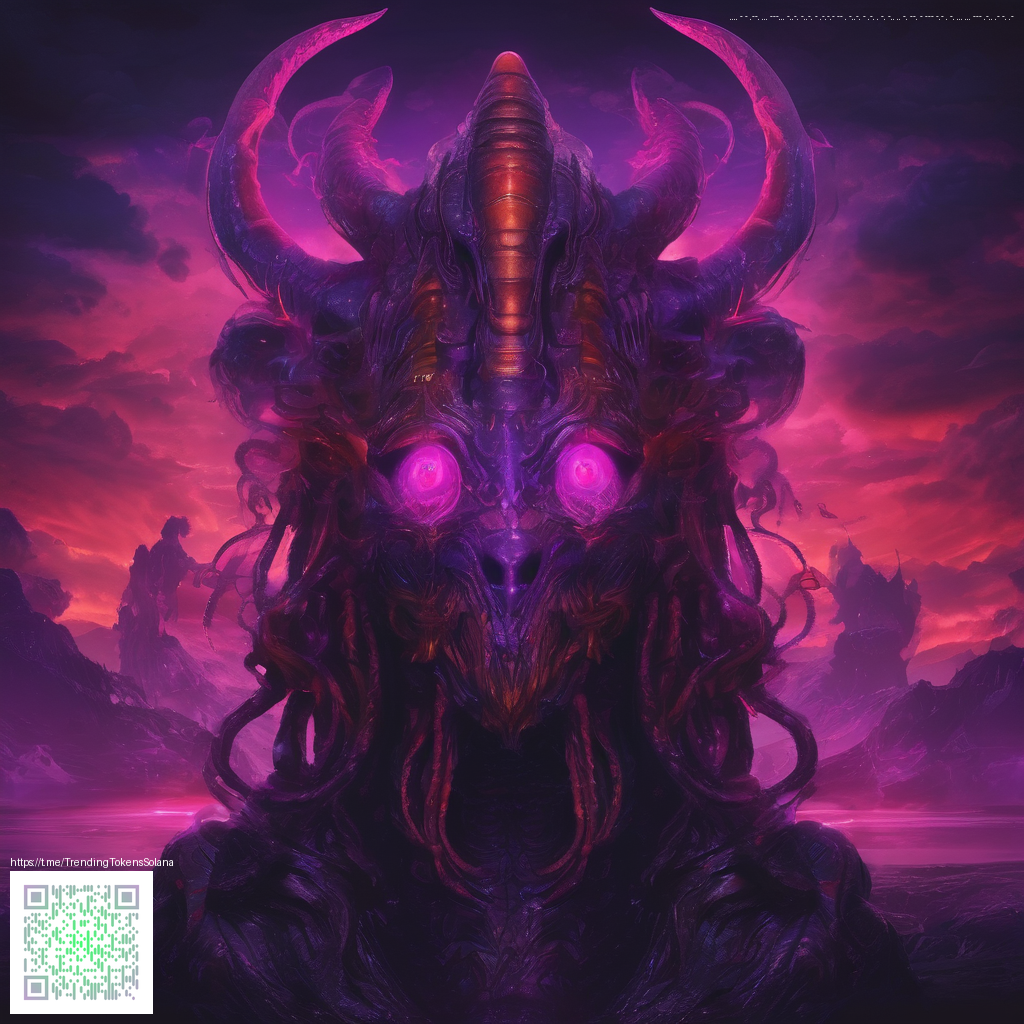
Graphics showdown on PS4 and PC
When players first stepped into the colorful realms of a sprawling Disney piston powered universe, the visuals on PlayStation 4 set a strong baseline. The PC port arrived later and opened doors to higher textures, sharper lighting, and more aggressive draw distances. In practice, that means enemies read more clearly at a glance, spell effects pop with extra glow, and environmental textures hold up at wider resolutions. It is not just about looking pretty; the PC version can sustain smoother frame rates and maintain detail during chaotic skirmishes, which matters in a game built around fast timing and big boss moments. The difference is especially noticeable in late game environments where fog density and material detail level influence readability and strategy during intense encounters.
What the PC gains
PC configurations unlock texture streaming that reveals finer surface work on armor, fabric, and magic auras. Players can push resolution scales far beyond what a console can render, which helps with screen space reflections and ambient occlusion that feel more grounded. A well-tuned PC build also makes it possible to exceed the standard frame cap of console versions, delivering a steadier cadence in frenetic combat. Community testing and performance analyses point to sharper textures, better level of detail, and the ability to hold higher frame rates with the right hardware. That combination can translate into a crisper, more responsive feel during duel sequences and hurdle clearing boss phases.
PS4 baseline visuals
On the original PlayStation 4, the game rides a steady 30 frames per second with dynamic resolution adjustments to maintain image stability. The output remains vibrant, with lush color palettes and strong character silhouettes. For many players, this is the most consistent experience, especially during long play sessions, because the hardware targets a predictable frame budget. Dynamic scaling helps preserve the cinematic vibe during key cutscenes and dramatic moments, though texture detail and draw distance pale in comparison to the PC's potential. If you crave stable performance on a fixed console spec, PS4 delivers a reliable, glossy presentation that still keeps the momentum of the adventure intact.
Gameplay readability and performance
From a gameplay perspective the hardware delta matters when you need to parse on screen actions quickly. The PC version tends to excel in readability during large battles thanks to higher texture fidelity and more precise lighting cues. When spell effects bloom and characters swap positions rapidly, higher frame rates reduce motion blur and improve camera tracking, which can be a real advantage in timed encounters. Console players still enjoy fluid movement and responsive controls, but the PC edge becomes clear once you push up to greater detail levels and a higher frame cap. As noted by performance analyses, select PC setups can comfortably exceed 60fps, providing a noticeable lift in smoothness during hectic battles and exploration sequences.
Modding culture and community insights
The PC ecosystem invites experimentation. Curious fans have explored texture mods, shader tweaks, and user friendly quality of life improvements that alter visuals without changing core gameplay. Modders often target motion blur reductions, color grading presets, and UI scaling to better suit high resolution displays. This openness fuels a broader discussion about visual fidelity versus performance and keeps the community engaged long after launch. The development cycle for a PC port typically benefits from feedback channels that highlight edge cases in rendering, which in turn can inform future patches and community driven tweaks.
PC players have demonstrated that with the right setup the world can feel more expansive and the fight choreography reads with extra clarity. It is a reminder that great games live in many hardware shapes and still sing when tuned for each platform
Update coverage and ongoing improvements
Patch notes and post launch updates often address texture streaming, shader accuracy, and framerate control. The PC route tends to see iterative improvements as the community identifies edge cases that stress the rendering pipeline. Even small adjustments to anti aliasing or shadow resolution can yield a noticeable uplift in image quality without sacrificing performance. Staying current with official updates and community guides helps players tailor a setup that balances the spectacle of visual fidelity with the precision needed for tight combat windows.
As with any cross platform port, expectations evolve over time. The PC version gives players a sandbox style playground for experimentation, while console versions honor a steady, dependable presentation. Gamers who love tinkering will find the PC path especially rewarding, and the broader community continues to push the envelope with new presets, mods, and configuration tips. The result is a living dialogue about how large scale action games like this respond to different hardware realities, and how developer choices ripple through the player experience.
Key takeaway The PC version unsurprisingly leans into higher texture quality and frame rate headroom, while the console experience remains polished and reliable. Both deliver a compelling adventure with distinct strengths that players can lean into depending on their preferred hardware and play style.
For readers who want to dive deeper into the broader landscape of game economics and platform ecosystems, the following reads from our network offer diverse perspectives on token trends, liquidity design, and retro revival culture. These articles provide context for how large scale game franchises influence and are influenced by the wider gaming and tech communities.
Neon Desk Mouse Pad Customizable One-Sided Print 3mm Thick